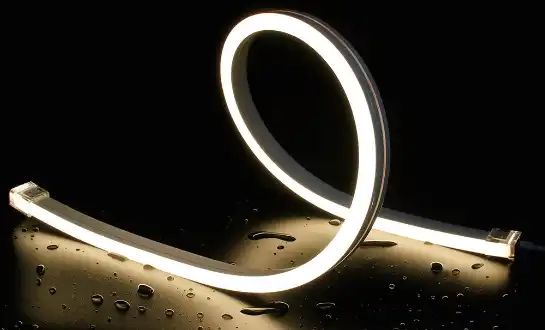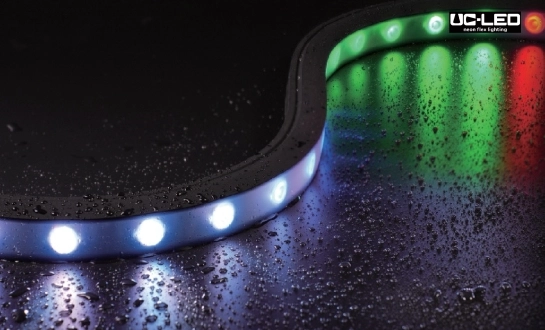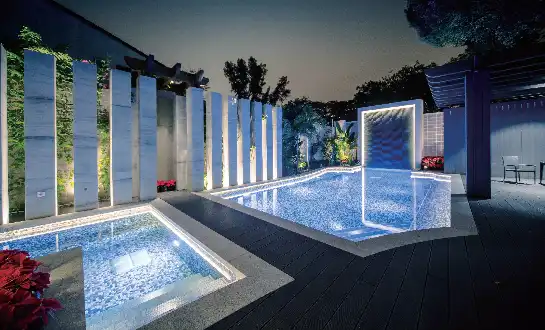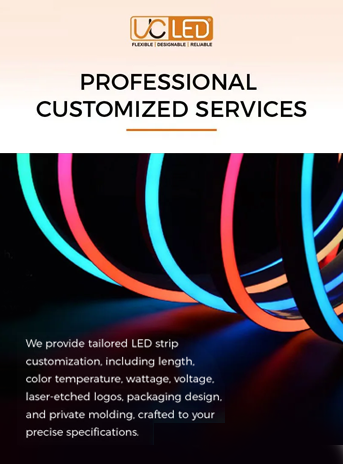3-Step Guide to Installing Flexible LED Neon Systems
Installing Flexible LED Neon systems can transform any space with vibrant, customizable lighting. This guide simplifies the process into three manageable steps: planning and preparation, mounting, and electrical connection. By following these steps, you'll be able to safely and efficiently install your Flexible LED Neon, creating stunning visual effects for both indoor and outdoor applications. Whether you're a DIY enthusiast or a professional installer, this guide will help you navigate the installation process with confidence, ensuring optimal performance and longevity of your lighting system.
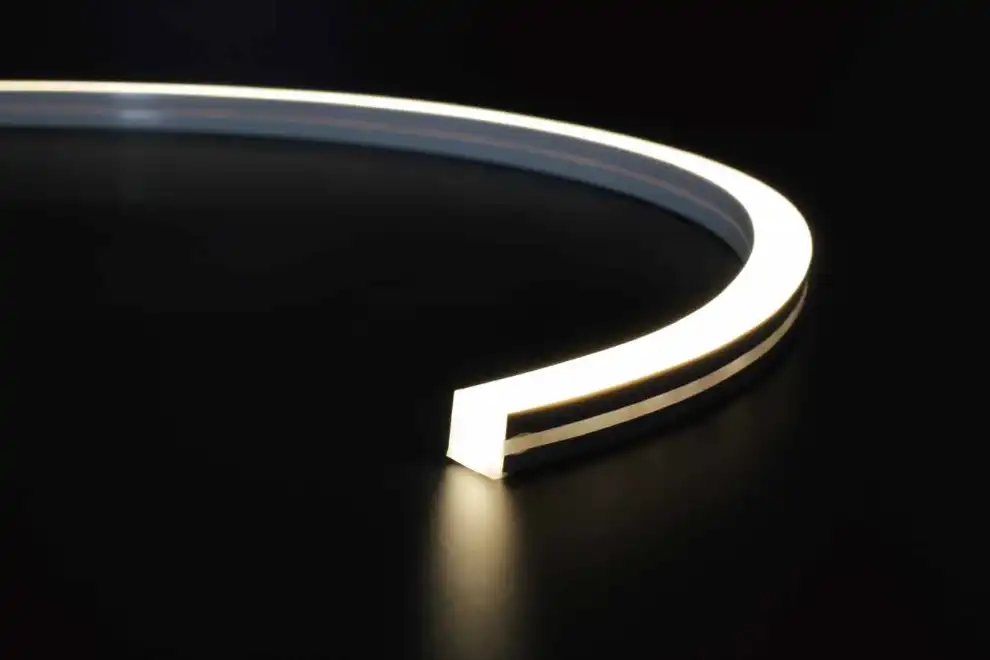
Step 1: Planning and Preparation for Your Flexible LED Neon Installation
Before diving into the installation process, proper planning and preparation are crucial for a successful Flexible LED Neon setup. This initial step lays the foundation for a smooth installation and ensures that your lighting system will function optimally once in place.
Assessing Your Space and Lighting Needs
Begin by carefully evaluating the area where you intend to install the Flexible LED Neon. Consider factors such as the dimensions of the space, the desired lighting effect, and any architectural features that may impact the installation. This assessment will help you determine the length and type of Flexible LED Neon required, as well as the most suitable mounting locations.
Take precise measurements of the installation area, accounting for corners, curves, and any obstacles that may affect the placement of the neon strips. It's advisable to create a detailed sketch or diagram of your planned layout, which will serve as a valuable reference throughout the installation process.
Gathering Necessary Tools and Materials
To ensure a seamless installation, gather all required tools and materials beforehand. Typical items you'll need include:
- Flexible LED Neon strips
- Power supply (compatible with your LED neon's voltage requirements)
- Mounting clips or channels
- Screws and anchors (appropriate for your mounting surface)
- Wire strippers and cutters
- Electrical tape or heat shrink tubing
- Silicone sealant (for outdoor installations)
- Measuring tape
- Pencil or marker
- Drill (if needed for mounting)
- Safety equipment (gloves, safety glasses)
Having these items ready will prevent interruptions during the installation process and contribute to a more efficient workflow.
Safety Considerations and Precautions
Safety should always be a top priority when working with electrical systems. Before beginning the installation, ensure that the power is turned off at the circuit breaker. If you're uncomfortable working with electrical connections, it's advisable to consult or hire a licensed electrician.
When handling Flexible LED Neon strips, be mindful of their flexibility limits to avoid damaging the internal components. Always follow the manufacturer's guidelines regarding bending radius and handling instructions.
For outdoor installations, pay special attention to weatherproofing measures. Choose Flexible LED Neon strips with an appropriate IP (Ingress Protection) rating for your environment, and use weatherproof connectors and sealants to protect against moisture ingress.
Step 2: Mounting Techniques for Flexible LED Neon
With your planning and preparation complete, the next step is to mount your Flexible LED Neon strips. This crucial phase requires attention to detail and precision to ensure a secure and visually appealing installation.
Choosing the Right Mounting Method
Flexible LED Neon can be mounted using various methods, depending on the surface and desired effect. Common mounting options include:
- Mounting clips: These provide a secure hold while allowing for easy removal or adjustment.
- Aluminum channels: Ideal for a sleek, professional look and additional protection.
- Adhesive backing: Some Flexible LED Neon strips come with pre-applied adhesive for simple stick-on installation.
Select the method that best suits your specific application and surface type. For uneven surfaces or outdoor installations, mounting clips or channels often provide the most secure and durable solution.
Surface Preparation and Marking
Proper surface preparation is essential for a successful mount. Clean the mounting surface thoroughly, removing any dust, grease, or debris that could compromise adhesion. For painted surfaces, ensure the paint is fully cured before installation.
Using your previously created layout plan, mark the mounting points or path for your Flexible LED Neon. A laser level can be helpful for ensuring straight lines and consistent spacing between mounting points.
Securing the Flexible LED Neon
When using mounting clips, space them evenly along the length of the neon strip, typically every 12-18 inches or as recommended by the manufacturer. Secure the clips to the surface using appropriate screws or anchors.
For channel mounting, first attach the channel to the surface, then gently press the Flexible LED Neon into place. Many channels feature a diffuser cover that can be snapped on after installation for a polished look.
If using adhesive backing, carefully peel off the protective layer and press the neon strip firmly into place, working in small sections to avoid air bubbles or misalignment.
At corners or curves, be mindful of the minimum bending radius specified for your Flexible LED Neon to prevent damage to the internal components. Some models feature visible cutting guides, allowing for customization to fit your specific layout.
Step 3: Electrical Connection and Final Testing
The final step in installing your Flexible LED Neon system involves making the electrical connections and conducting thorough testing to ensure everything is functioning correctly.
Power Supply Connection
Begin by positioning your power supply in a suitable location, considering factors such as accessibility for maintenance and proximity to a power outlet. Ensure the power supply's wattage and voltage output match the requirements of your Flexible LED Neon strips.
Connect the positive and negative wires from the LED neon to the corresponding terminals on the power supply. If your installation involves multiple sections of neon, you may need to use connectors or splice the wires. Always use the appropriate gauge wire for the current load to prevent voltage drop over long runs.
Controller Integration (Optional)
If your Flexible LED Neon system includes a controller for color changing or dimming functionality, install it between the power supply and the LED strips. Follow the manufacturer's instructions for proper connection and programming of the controller.
Weatherproofing Connections
For outdoor installations or areas exposed to moisture, it's crucial to weatherproof all electrical connections. Use silicone-filled wire nuts or heat shrink tubing to seal wire junctions. Apply silicone sealant around the entry points of wires into mounting channels or junction boxes to prevent water ingress.
Testing and Troubleshooting
Before finalizing the installation, conduct a comprehensive test of your Flexible LED Neon system. Power on the system and verify that all sections are illuminating correctly. Check for any dark spots, flickering, or color inconsistencies that might indicate a connection issue or defective section.
If you encounter any problems, double-check all connections and ensure the power supply is functioning correctly. For RGB or RGBW systems, test all color modes and transitions to confirm proper controller operation.
Final Adjustments and Clean-up
Once you're satisfied with the performance of your Flexible LED Neon installation, make any final adjustments to the positioning or mounting. Clean any fingerprints or smudges from the neon strips and surrounding surfaces for a polished final appearance.
Conclusion
Installing Flexible LED Neon systems can significantly enhance the ambiance and visual appeal of any space. By following this 3-step guide, you can achieve a professional-looking installation that maximizes the potential of your lighting system. Remember to prioritize safety throughout the process and always adhere to local electrical codes and regulations.
For more information on Flexible LED Neon products or expert advice on your lighting project, don't hesitate to reach out to our team at Linda@uc-led.com. We're here to help you bring your illumination ideas to life with our high-quality, innovative lighting solutions.
References
1. "LED Lighting: A Primer to Lighting the Future" by Sal Cangeloso (2012)
2. "Practical Lighting Design with LEDs" by Ron Lenk and Carol Lenk (2017)
3. "The LED Lighting Guide" by Javier Fernández Balbuena (2016)
4. "Fundamentals of Lighting" by Susan M. Winchip (2017)
5. "Lighting by Design" by Sally Storey (2017)

Looking for high-quality LED flexible strips? Click for a free quote in 24 hours!

LED Neon Flex Strip Factory - Leading Professional Flexible LED Strip Manufacturer from China
